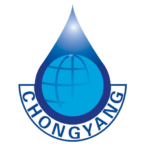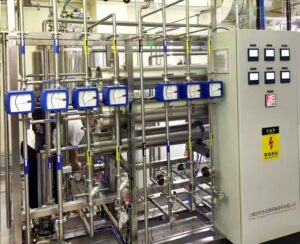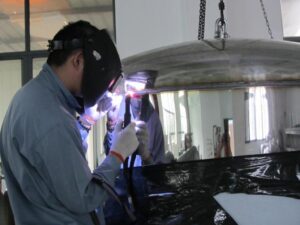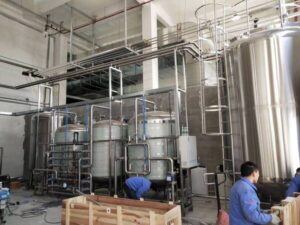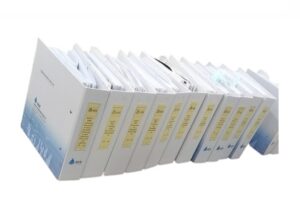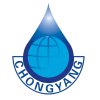Introduction
The quality of source water plays a crucial role in determining the effectiveness and efficiency of pharmaceutical water purification systems. Different source water characteristics can significantly impact the quality of the produced water, potentially affecting the final product’s compliance with regulatory standards. This article explores how various aspects of source water quality influence the quality of purified water produced.
1. Importance of Source Water Quality
1.1. Foundation of Purified Water
- Initial Quality: The starting quality of source water determines the level of treatment required to produce pharmaceutical-grade water.
- Regulatory Compliance: High-quality produced water that meets USP, EP, or JP standards depends heavily on the initial source water quality.
1.2. Pre-Treatment Needs
- Customizing Treatment: Different source waters may require specific pre-treatment processes, such as filtration, softening, or chemical dosing, to prepare the water for further purification stages.
2. Impact of Contaminants on Produced Water Quality
2.1. Total Dissolved Solids (TDS)
- TDS Levels: High TDS levels in source water can increase the burden on reverse osmosis (RO) membranes, reducing their efficiency and lifespan.
- Produced Water Quality: Elevated TDS can lead to poor water quality if the RO system is not adequately designed to handle high contaminant loads.
2.2. Microbial Contamination
- Bacterial Load: High microbial content in source water requires more rigorous disinfection methods, such as UV treatment or chemical sanitization.
- Risk of Biofilm: Inadequate control of microbial contamination can result in biofilm formation within the purification system, compromising produced water quality.
2.3. Organic Compounds
- Organic Content: Organic compounds, such as humic substances or industrial pollutants, can affect the efficacy of carbon filters and RO membranes.
- Byproduct Formation: These compounds can lead to the formation of harmful byproducts during treatment, impacting the purity of the produced water.
3. Source Water Variability and System Design
3.1. Seasonal Variations
- Fluctuations in Quality: Seasonal changes can cause variations in source water quality, such as increased turbidity or changes in TDS levels.
- System Adaptability: A well-designed system should accommodate these variations without compromising produced water quality.
3.2. Regional Differences
- Geographic Impact: Source water quality varies by region, influenced by factors such as climate, geology, and human activities.
- Customization of Treatment: Systems should be tailored to address specific regional water quality issues to ensure consistent produced water standards.
4. Pre-Treatment Strategies for Optimal Produced Water Quality
4.1. Filtration Systems
- Particulate Removal: Efficient filtration is essential to remove suspended solids and particulates that can damage downstream equipment and reduce produced water quality.
- Membrane Protection: Proper pre-filtration extends the life of RO membranes and improves the overall quality of the produced water.
4.2. Chemical Treatment
- pH Adjustment: Controlling the pH of source water can enhance the effectiveness of the purification process, particularly in preventing scaling and corrosion.
- Chlorine Removal: Chlorine and chloramine must be removed to protect RO membranes and avoid the formation of harmful disinfection byproducts.
5. Monitoring and Adjusting for Source Water Changes
5.1. Continuous Monitoring
- Real-Time Data: Implementing continuous monitoring systems helps detect changes in source water quality and allows for immediate adjustments to maintain produced water standards.
- Early Detection: Early detection of contaminants ensures that corrective actions can be taken before they affect the produced water quality.
5.2. System Adjustments
- Flexible Operation: The purification system should be designed for flexibility, allowing for adjustments to treatment processes in response to fluctuations in source water quality.
- Optimized Performance: Regular calibration and maintenance of the system ensure optimal performance, even with variable source water quality.
Conclusion
The quality of source water has a direct and significant impact on the water produced by pharmaceutical purification systems. Understanding and addressing the challenges posed by different source water characteristics are essential for ensuring the production of high-purity water that meets stringent pharmaceutical standards.
